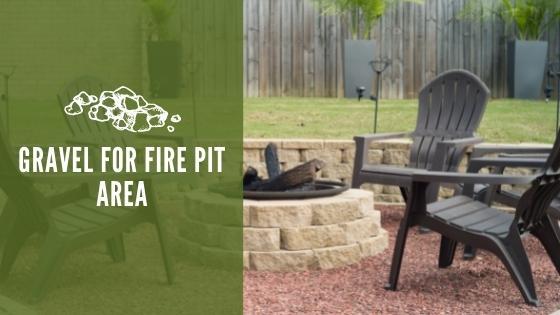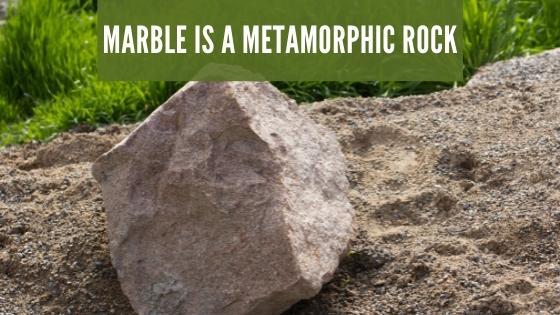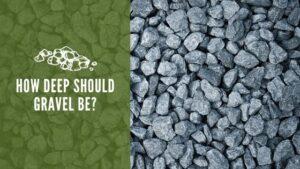Gravel for Fire Pit Area

A fire pit can bring warmth to a cool spring, summer, or fall evening. The fire pit can also be a place for friends and family to enjoy, as they roast marshmallows or hot dogs.
However, when you place a fire pit, you must know how to build it to prevent a future fire outside of the ring and other issues that could arise if you don’t properly create your fire pit.
How Do You Use Gravel for a Fire Pit?
Some people choose to place a layer of sand and then rock down underneath their actual fire pit, while others may use the gravel to line the outside of the pit. It adds to the appeal of the fire pit and helps prevent fire from escaping when used in that way.
What Kind of Gravel Do You Use for a Fire Pit?
As a general rule, gravel comprises sandstone, limestone, or basalt. The type you choose depends on your budget and the look you want to achieve. It also depends on how you want to use the gravel for your fire pit.
Will Gravel Explode in a Fire Pit?
You don’t want to use gravel actually in your fire pit. The rocks used to make gravel are known to explode when they get too hot. Not to mention, you risk the rocks cracking as well.
Limestone, for instance, is a porous rock. It has various cavities inside of it that can fill with water. The water inside of the rock will get hot and cause water vapor. The vapor causes the pores to expand and then causes the rocks to crack or explode.
The same thing applies when you use sandstone. Basalt is a slight exception. Basalt rocks don’t always explode, but they can if they contain any water, which is a possibility.
Should I Put Sand in the Bottom of My Fire Pit?
Many people first lay sand , when building a fire pit. Fortunately, this practice has no drawbacks. In fact, it has benefits, such as the sand will absorb the heat.
Because of how small and close together the sand particles are, they can easily disperse the heat. As a result, you can have a fire that’s more evenly heated. Additionally, the sand can protect the bottom of your fire pit if you’re using a metal pit.
What Rocks Are Best for in a Fire Pit?
Since gravel isn’t the best option for underneath or inside your fire pit, you’ll want to compare your options and find a rock that won’t explode under extreme heat.
The ones that are known for being the safest for the inside of a fire pit, include marble, slate, and granite. The slate, granite, and marble are denser rocks, which means they’re less likely to absorb water. As a result, there won’t be any water vapor to heat and cause the rock to expand.
Marble
Marble is a metamorphic rock. It occurs when limestone is placed under extreme heat. This rock mainly consists of micas, clay minerals, pyrite, graphite, iron oxides, and quartz.

These minerals recrystallize under the right conditions and lead to marble formation. Typically, because of the process it undergoes, it’s a dense rock and can’t absorb much water.
Slate
Slate is classified as a metamorphic rock as well. It originates from mudstone or shale. It’s created naturally via low-grade regional metamorphism, which means a small temperature increase at a directional pressure. Because of how it’s formed, it doesn’t contain water and is dense. As a result, it won’t let much water in, either.
Granite
Granite is an igneous rock. Its composition mainly includes feldspar and quartz. However, it usually also has trace amounts of amphiboles, mica, and other minerals. When you look at granite, you’ll notice that you can see the grains because they’re large enough to be seen with the naked eye.
Since it’s an igneous rock, it must go through a slow crystallization process. Specifically, it happens when the magma underneath the Earth’s surface crystallizes. This process happens, and water doesn’t have much chance to interfere, so it naturally doesn’t contain a high water concentration. Due to its density, it doesn’t allow much water in after it’s formed, either.
Although gravel is suitable for outside a fire pit, it’s not ideal for inside of one because of the rocks used to make gravel. Igneous and metamorphic rock, such as marble, are better suited inside the pit.



